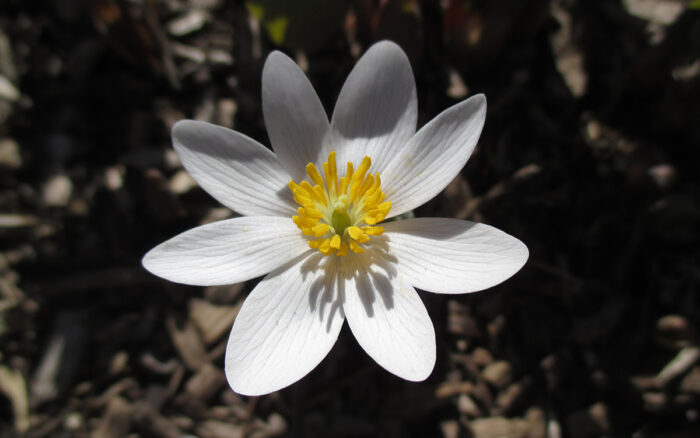
The narrow window between when the snow melts and the trees begin to leaf out is the ideal time to enjoy a wide range of native spring ephemerals in our Midwest gardens. They steal the show in shady and wooded areas and then retreat in the heat of summer before other, later-emerging plants take over. Creating planting combinations with these ephemerals can become an art form. I like pairing them with some of the toughest heat-tolerant perennials, such as hostas (Hosta spp. and cvs., Zones 3–9) and ferns, which can then provide the next wave of interest in these shady spaces. Seek out reputable sources for nursery-grown ephemeral specimens, as wild collection is inappropriate. Here are five beautiful native spring ephemerals for the Midwest.
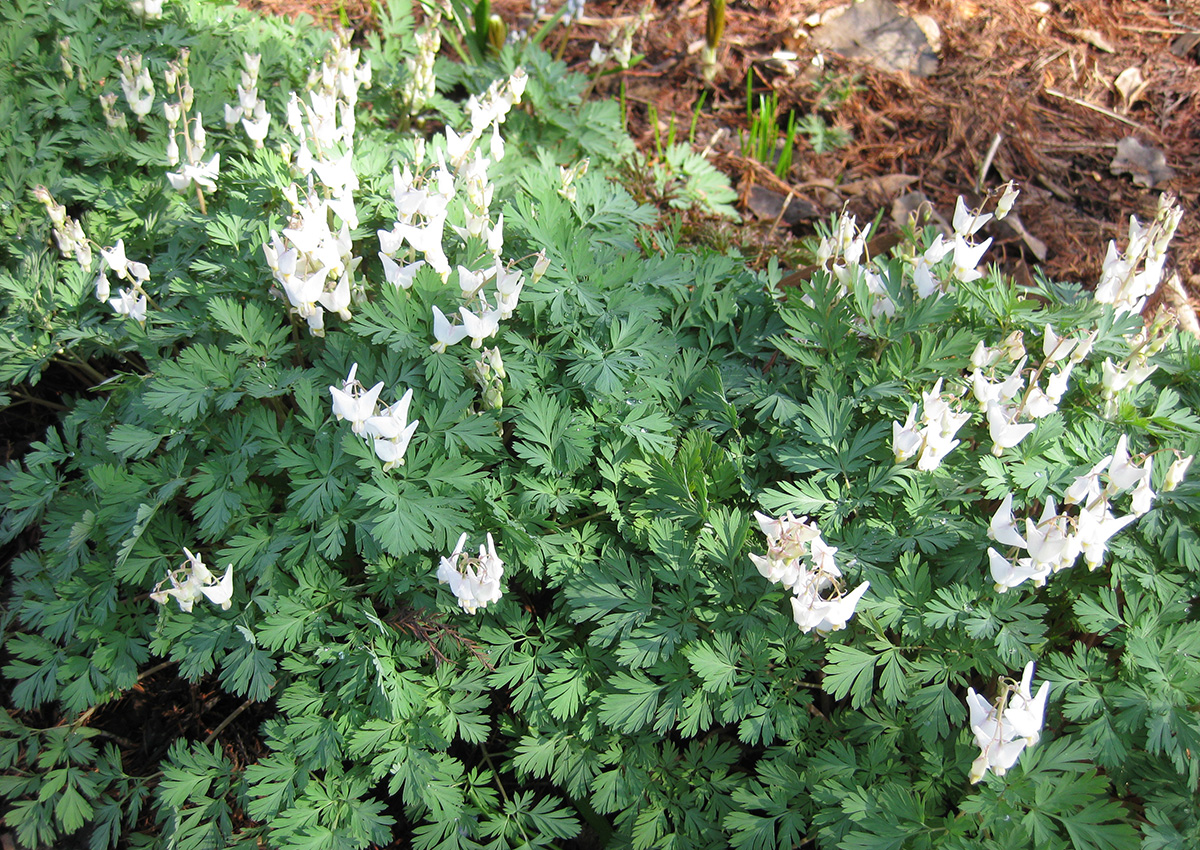
Dutchman’s breeches
Dicentra cucullaria, Zones 3–7
The fernlike leaves of this early emerging plant are as welcome a sight as the white, pantaloon-shaped, double-spurred flowers. Native to much of eastern North America, Dutchman’s breeches colonizes nicely, has a light fragrance, and will attract the early attention of bumblebees. The seeds are distributed by ants in a fascinating process called myrmecochory. Dutchman’s breeches reaches 12 inches tall and should be planted in full to partial shade.
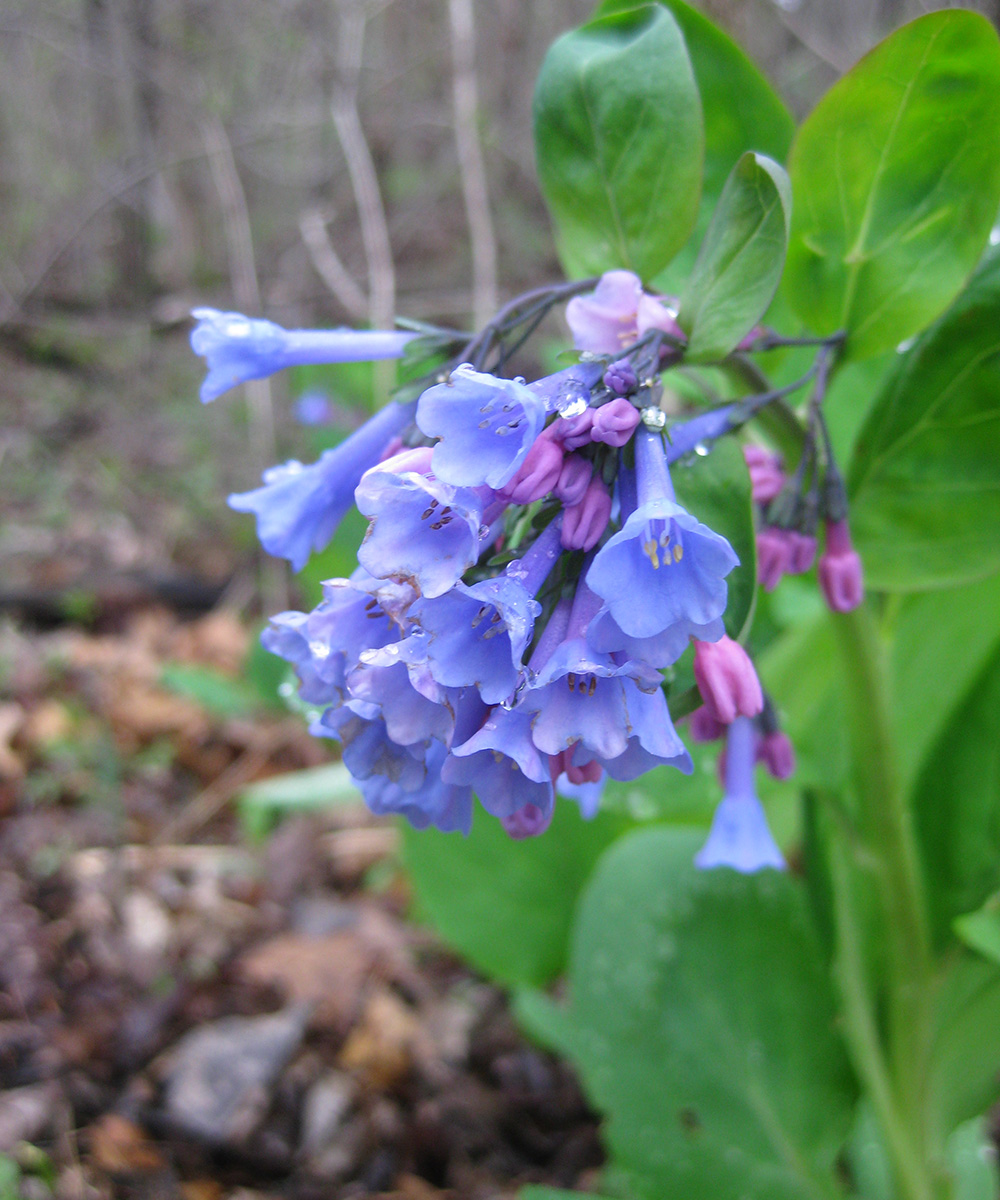
Virginia bluebells
Mertensia virginica, Zones 3–8
Native to moist, rich woodlands and river floodplains in a wide range of eastern North America, Virginia bluebells offers an amazing splash of color in very early spring. The dusky, bluish-maroon, oval leaves emerge early and expand quickly to an apple green coloration. The leaves are followed by pendulous, trumpet-shaped flowers that open as pink buds and transition to a beautiful sky blue. The early flowers attract a wide range of pollinators, and the plants can reach up to 2 feet tall in full to partial shade. This clump-forming perennial will spread steadily in woodland settings and prefers decent moisture. Dormancy comes fairly quickly for Virginia bluebells, as the leaves will turn yellow, flop, and fade away quickly in summer.

Mayapple
Podophyllum peltatum, Zones 3–8
This colonizing native perennial has a widespread distribution across most of eastern North America, south to Texas, and into northern Canada. The umbrella-like (peltate) leaves of mayapple emerge in a tight formation very early in spring and unfurl quickly. A single, beautiful white flower emerges from the axil (connection point) of two leaves and later forms into a small, lemon-shaped fruit. Tolerant of growing under walnuts (Juglans spp. and cvs., Zones 4–9) and not of interest to rabbits or deer, this perennial will form dense mats in damp, open woods, preferring full to partial shade, and will reach 12 to 18 inches tall. The leaves, roots, and seeds are poisonous, while the fruits (without the seeds) are edible. Keep in mind that this plant may spread somewhat aggressively in the right conditions.
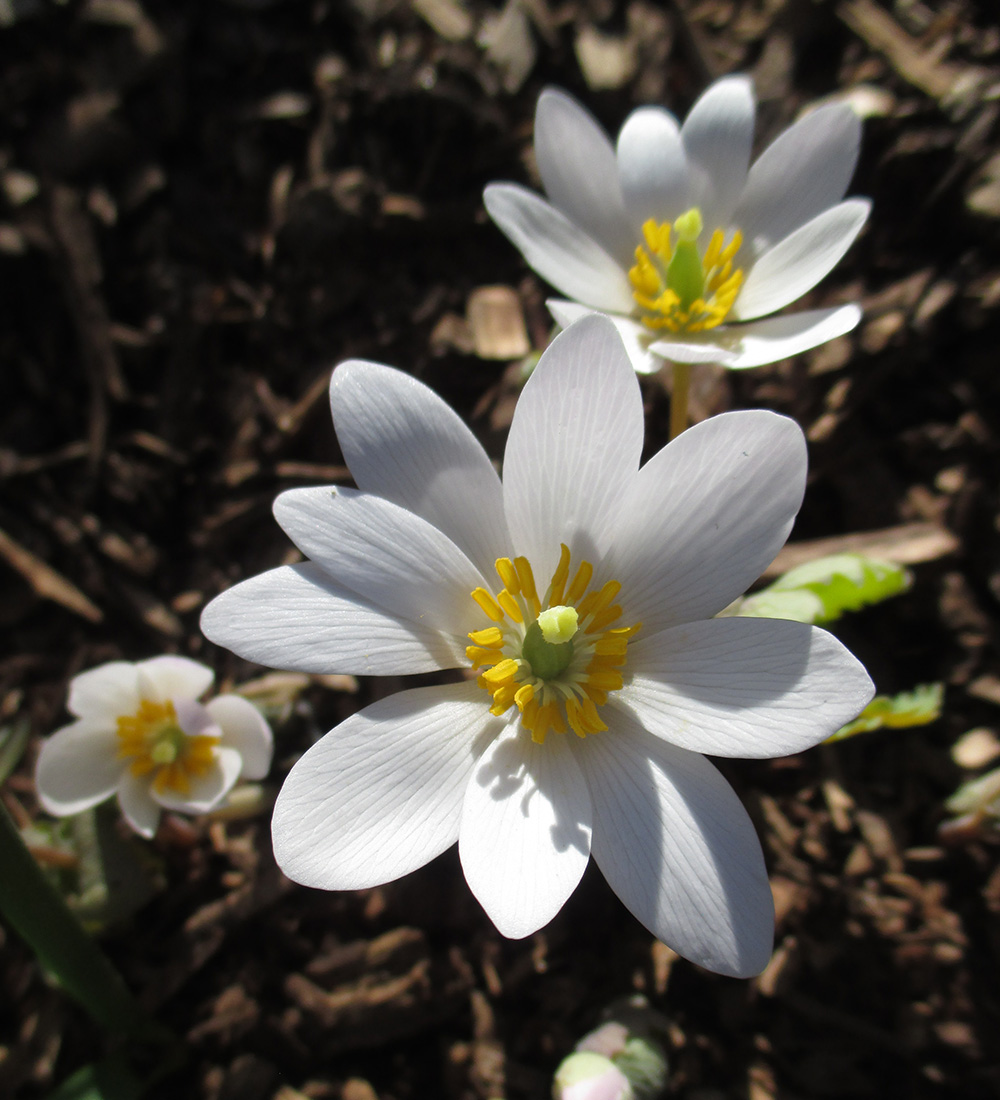
Bloodroot
Sanguinaria canadensis, Zones 3–8
Bloodroot, native throughout eastern and central North America, is a true harbinger of spring with the early emergence of its coiled, felted, lobed leaves. A solitary, pristine white flower (light pink on occasion) will emerge and open into a 2-inch wide, very symmetrical bloom with a golden-orange center. The plants prefer full to partial shade and will grow 1 foot tall. The leaves continue to grow and gain height above the fading flower and turn yellow in summer as the plant goes dormant. The red sap from the underground stem has many historical uses by indigenous cultures, and this plant’s seeds are also distributed by ants.
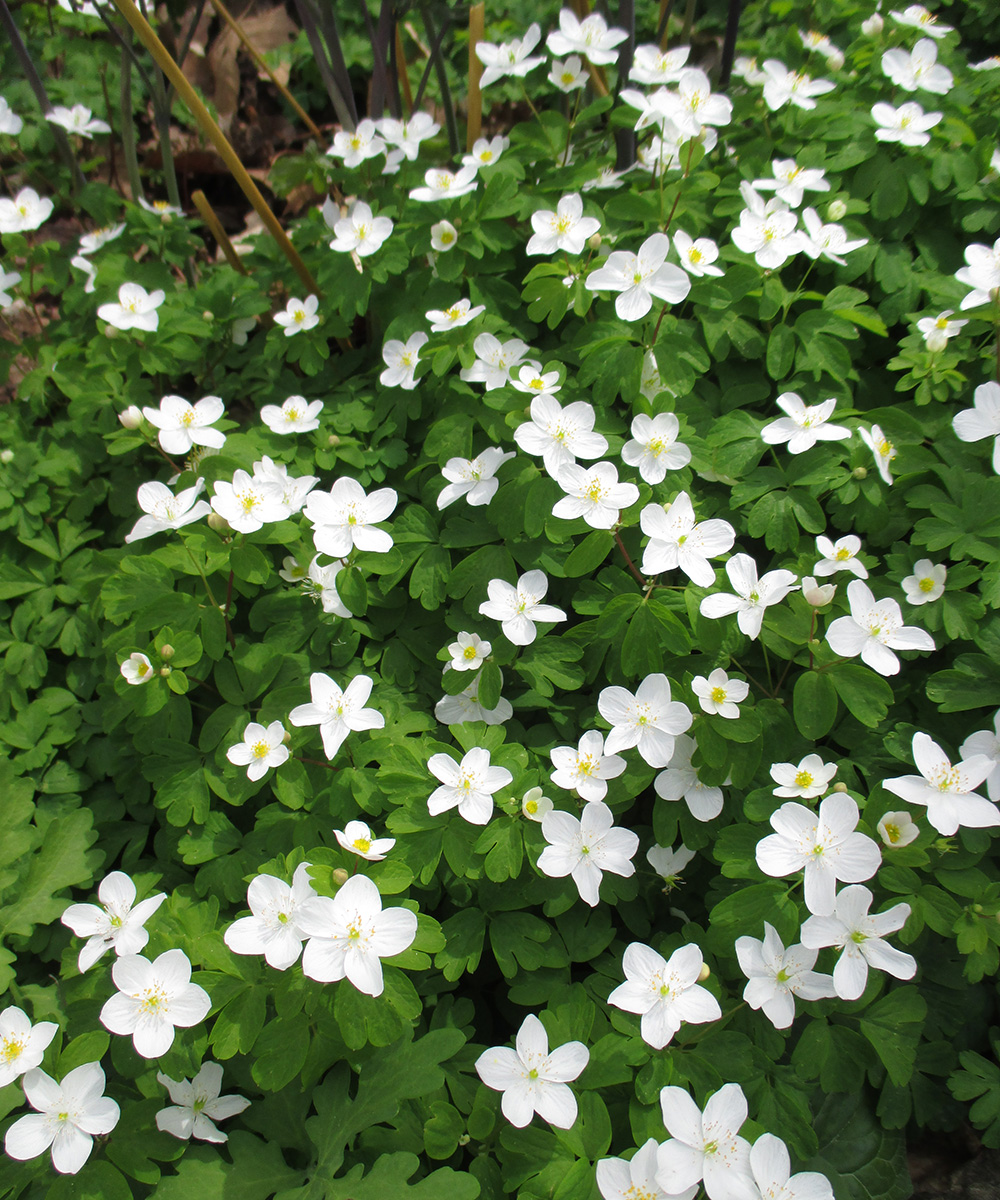
False rue anemone
Enemion biternatum, Zones 3–7
This tuberous-rooted perennial forms nice patches in woodland areas. False rue anemone will actually send up basal foliage in autumn and resume quick growth in early spring. The loose clusters of white, anemone-like flowers are numerous and quite showy. The plants themselves are small, only reaching 6 to 9 inches in height, and prefer full to partial shade. The flowers don’t produce any nectar—only pollen—but will still attract some early insect activity. This species is threatened or endangered in some of its native areas of eastern North America, which is one more reason why you should add it to your garden.
—Mark Dwyer, former director of horticulture at Rotary Botanical Gardens in Janesville, Wisconsin, operates Landscape Prescriptions by MD.


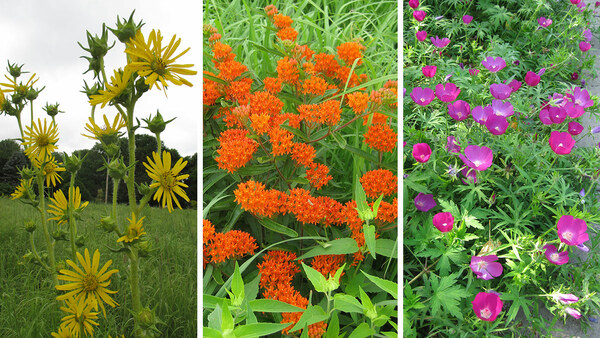


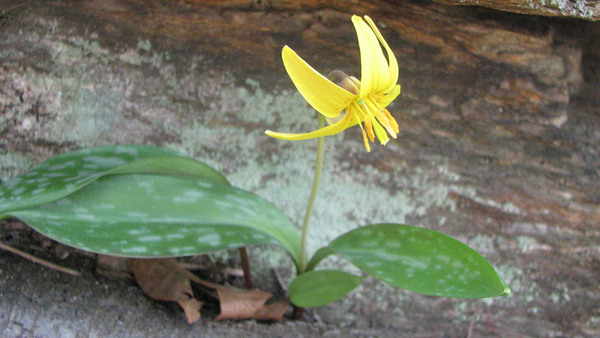












Comments
Log in or create an account to post a comment.
Sign up Log in